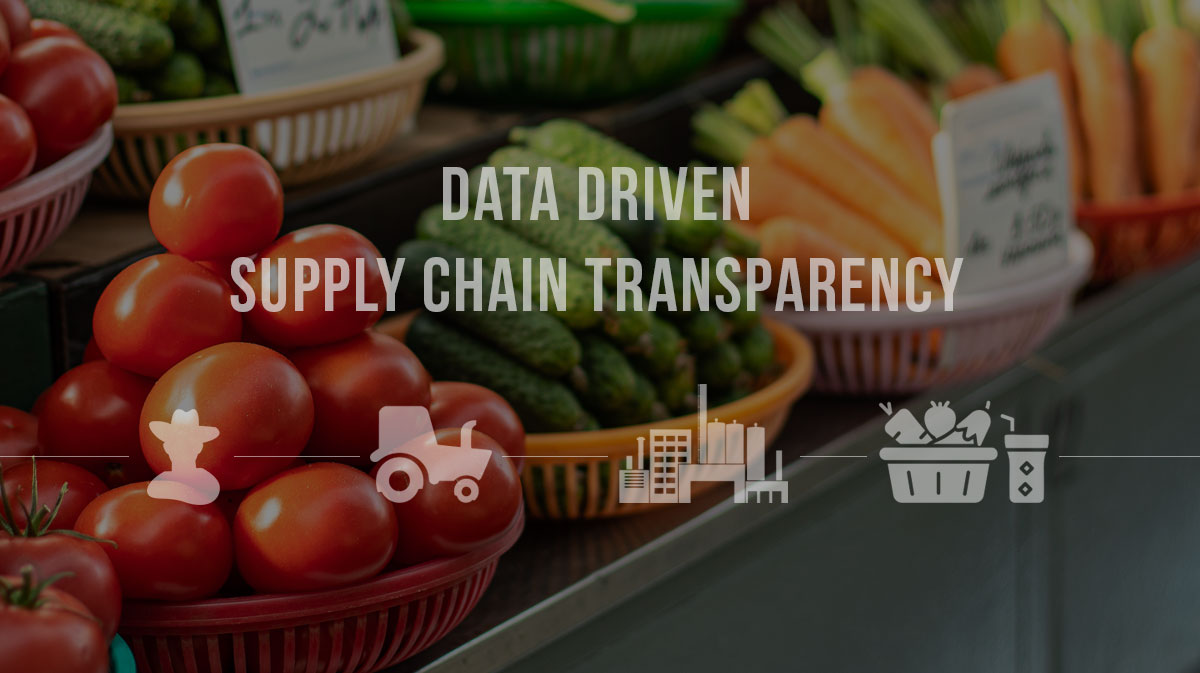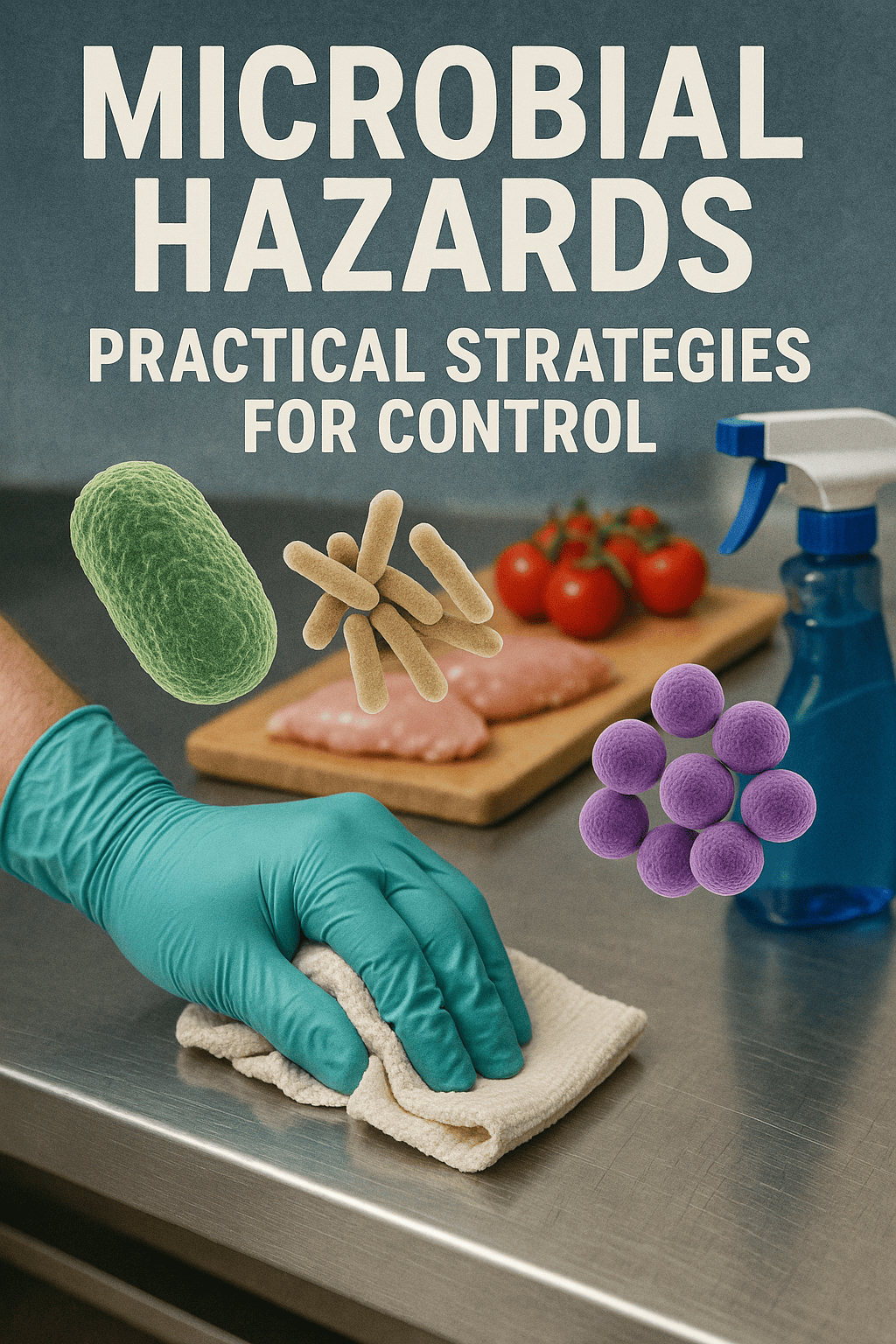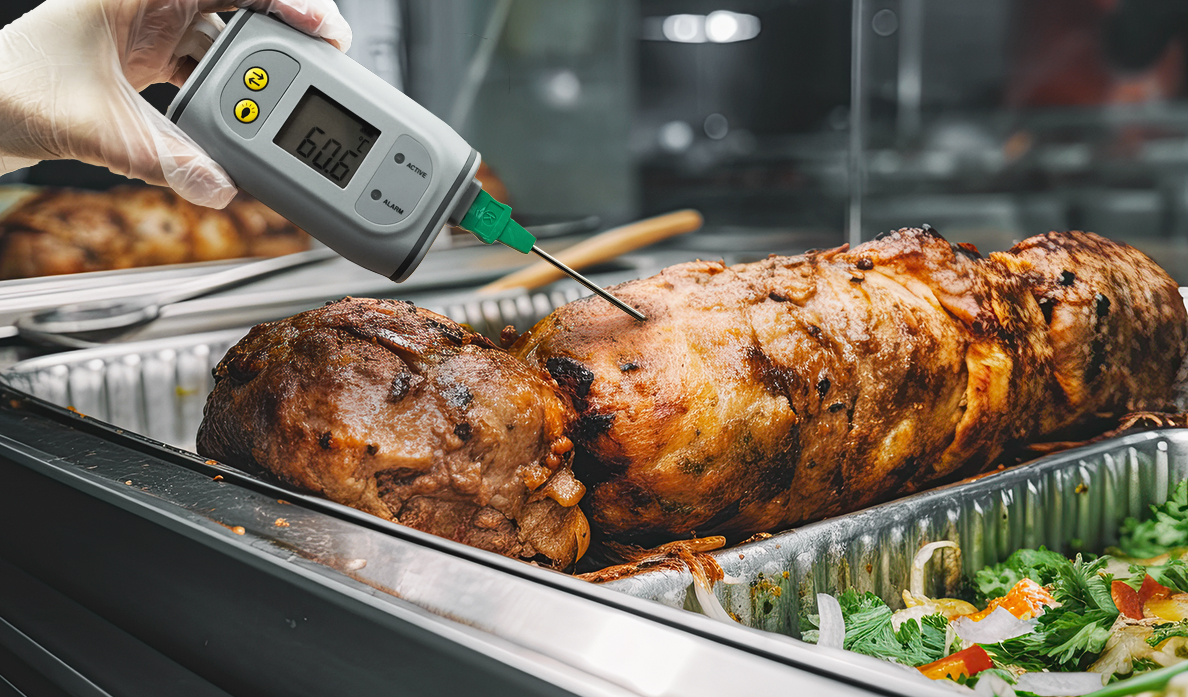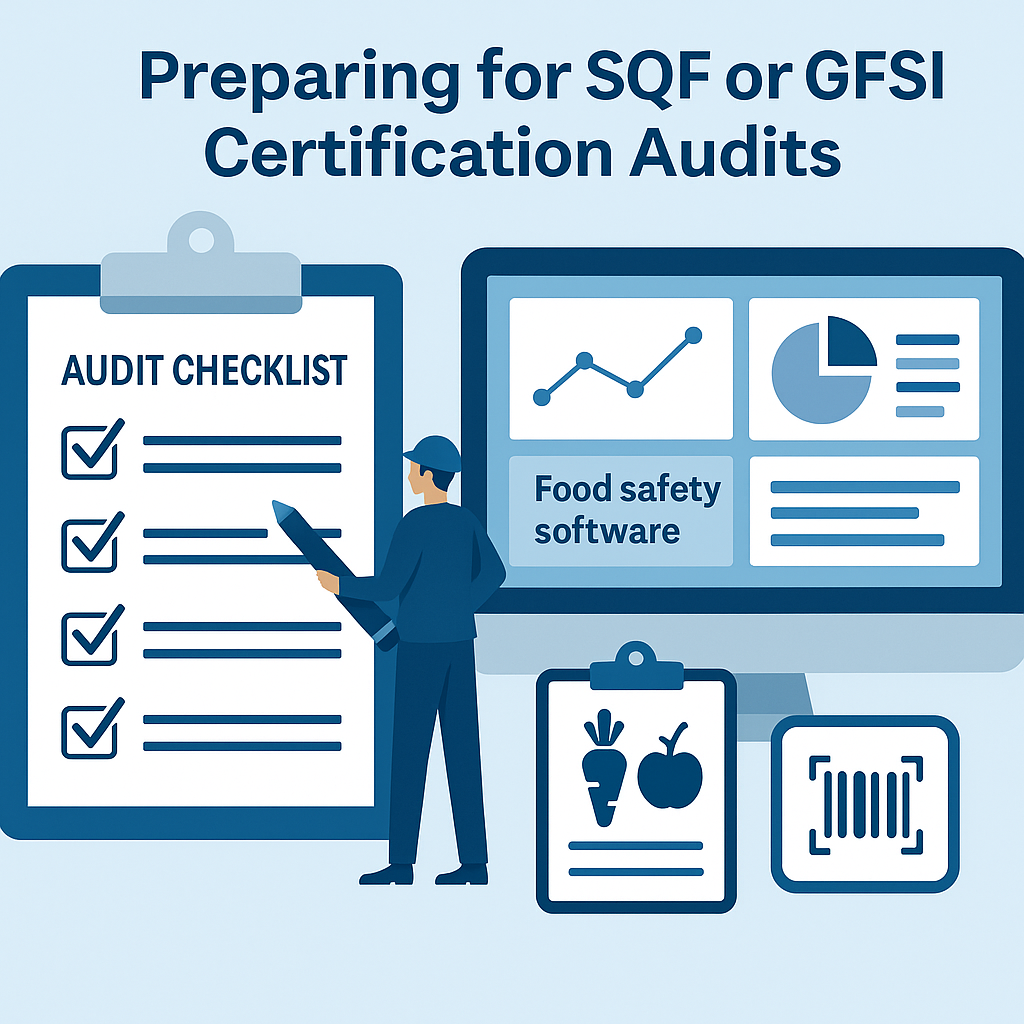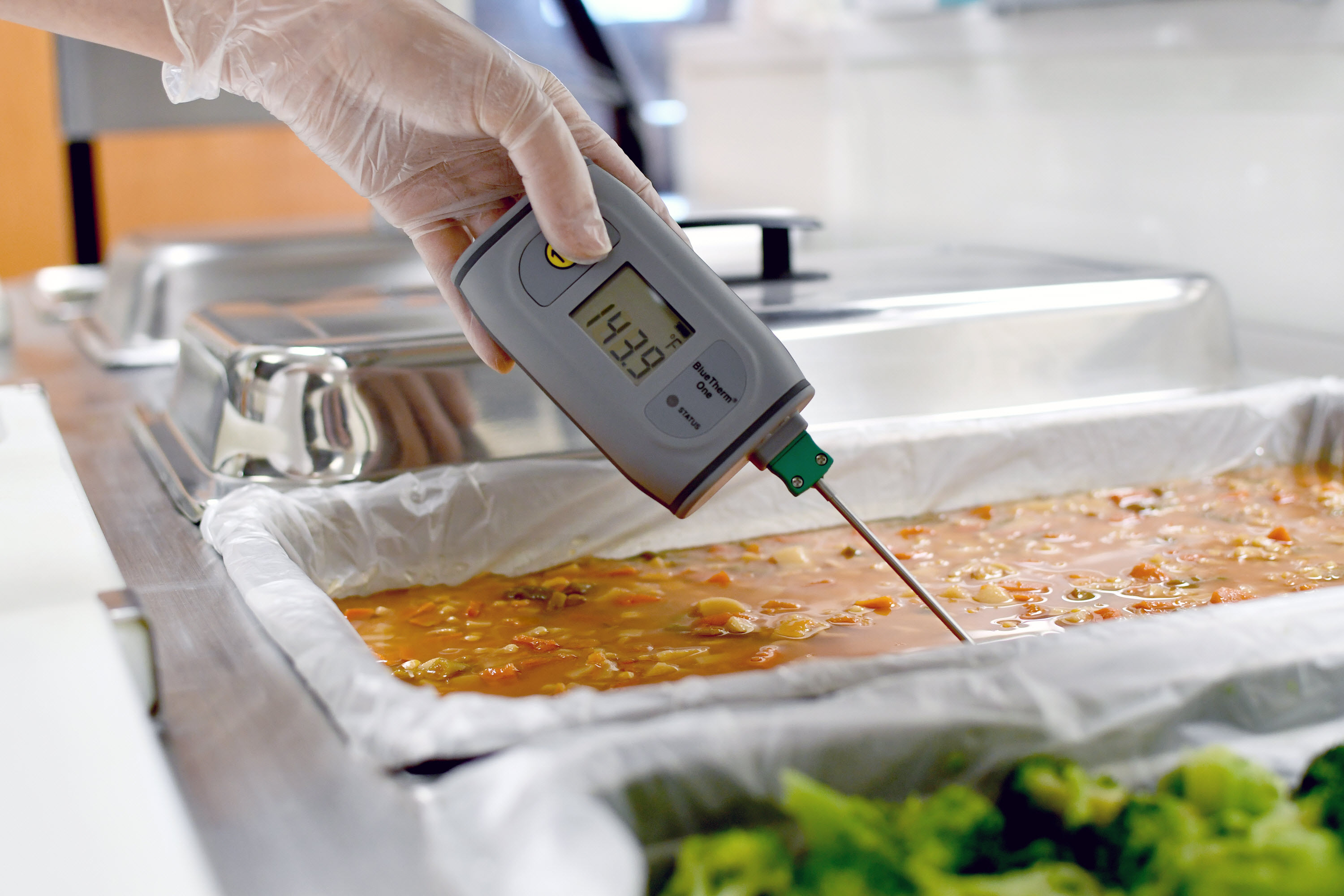In the world of food preparation, safety is paramount. Every step taken from farm to fork is meticulously designed to ensure that the final product is not only delectable but also safe for consumption. However, one challenge that consistently threatens this process is the presence of pests. This blog post aims to provide an informative, engaging, and comprehensive guide on how to navigate pest threats in food preparation, ensuring that your food safety standards remain uncompromised.
Understanding the Risk
Pests, such as insects, rodents, and birds, can pose significant risks to food safety. They are carriers of various diseases and can contaminate food through direct contact or indirectly through their droppings or urine. Additionally, pests can cause physical damage to food and food packaging, leading to wastage and economic losses. So, it's clear that effective pest management is a crucial aspect of maintaining food safety standards.
The Role of Pest Control in Food Safety
Effective pest control plays a pivotal role in maintaining food safety. It involves proactive measures to prevent pest infestation and reactive strategies to deal with any outbreaks. The goal here is not just to eliminate pests, but also to create an environment that is inhospitable to them.
Proactive measures include regular inspection of food storage and preparation areas, proper waste management, sealing potential entry points, and maintaining clean and hygienic conditions. Reactive strategies involve the use of approved pesticides or trapping devices, always bearing in mind the potential impact on food safety.
Integrated Pest Management (IPM)
Today, the most efficient and customer-centric approach to pest control in food preparation areas is Integrated Pest Management (IPM). IPM is a holistic approach that combines various methods of pest control, such as biological control, habitat manipulation, modification of cultural practices, and the use of resistant varieties. IPM aims to minimize pesticide use and reduce harm to human health and the environment.
Implementing IPM in Your Food Business
Implementing an IPM program involves several steps:
- Inspection: Regular inspection of your premises to identify potential pest threats and problem areas.
- Identification: Accurate identification of pests to decide on the most effective control measures.
- Prevention: Implementing preventive measures, such as sealing entry points, maintaining cleanliness, and proper waste disposal.
- Control: If prevention measures are not enough, control methods are implemented, starting with less risky options like traps and air curtains. If these prove insufficient, approved pesticides may be used as a last resort.
- Monitoring and Documentation: Regular monitoring to ensure the effectiveness of the IPM program and maintaining proper documentation for accountability and continuous improvement.
Remember, the key to an effective IPM program is consistency and adaptability. Regular inspections, immediate action, and the flexibility to change strategies as per the situation are crucial.
The Role of Professional Pest Control Services
Professional pest control services bring expertise and experience to the table. They can help design and implement an effective IPM program, train your staff in pest management practices, and provide regular inspection and control services. Partnering with a professional service ensures that your food business maintains the highest standards of food safety.
Conclusion
In conclusion, navigating pest threats in food preparation is a continuous process that requires vigilance, knowledge, and effective control measures. By understanding the risks, implementing an Integrated Pest Management program, and partnering with professional pest control services, you can ensure that your food remains safe, delicious, and free from unwanted guests.
Remember, at NORMEX, we strongly believe that food safety is a shared responsibility. Together, let's make every meal a safe and enjoyable experience.



